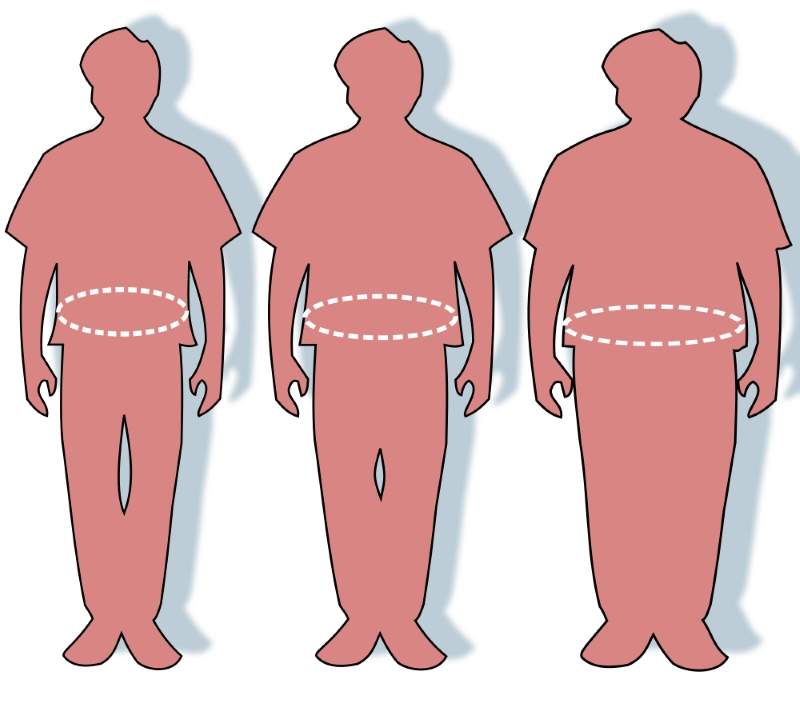
Over the past several years, it has become increasingly clear that the obesity market may not be so attractive, let alone be a mega-blockbuster market as some analysts were predicting.
The latest bankruptcy filing, by Orexigen Therapeutics, is just one of the cases that is proving how hard it is to penetrate this market, which is potentially very lucrative given the size of the target population. Orexigen’s Contrave (bupropion + naltrexone) was once considered a great hope when it entered the market in 2014; however, over the following couple of years it has proved a great disappointment.
Despite the obesity epidemic, particularly in the US where more than two in three adults are considered to be overweight or obese, two other once-promising drugs have failed commercially over the last few years: Vivus’s Qsymia (phentermine + topiramate) and Arena Pharmaceuticals’ Belviq (lorcaserin).
First of all, none of the three drugs were showing great efficacy unless a rigorous diet and exercise program accompanied the pill. From the perspective of the patients, why would they take a pill if they still have to diet and exercise, and on top of it suffer some side effects, such as nausea, which these drugs sometimes cause? The second, possibly even more important factor is the challenge that the companies were facing with physicians and payers, who simply don’t see obesity as a condition that has to be treated with drugs and are reluctant to prescribe them or cover them. None of these drugs ever reached more than $100m in yearly revenues at their peak.
Obesity: the early-stage pipeline
Now, the big question is why this market is so severely skewed towards the early-stage pipeline, given the spectacular marketing failure of the drugs that reached the market over the last few years. According to GlobalData’s Pharma Intelligence Center, there are currently two drugs in Phase III development, 17 in Phase II, and 33 in Phase I. Most of the top 10 big pharma companies are involved in the development of some early-stage assets in this space, including Novo Nordisk, Eli Lilly, Amgen, Boehringer Ingelheim, Johnson & Johnson, AstraZeneca, Sanofi and Novartis.
Particularly active in this early-stage space is Novo Nordisk, with one asset in Phase II and six assets in Phase I development. Novo Nordisk successfully repurposed one of its type 2 diabetes (T2D) drugs, Victoza (liraglutide), into an anti-obesity injectable with a new brand name, Saxenda, marketed for obesity. The company is already dominating the T2D space; not only are many T2D patients obese, but also most obese patients are at high risk of getting T2D, and therefore Novo Nordisk found a smart way of entering this hard-to-penetrate space without risking much. The Novo Nordisk Phase II asset for obesity is also a T2D drug, semaglutide, which shows significant weight-loss effects on top of its glycemic benefits.
How well do you really know your competitors?
Access the most comprehensive Company Profiles on the market, powered by GlobalData. Save hours of research. Gain competitive edge.

Thank you!
Your download email will arrive shortly
Not ready to buy yet? Download a free sample
We are confident about the unique quality of our Company Profiles. However, we want you to make the most beneficial decision for your business, so we offer a free sample that you can download by submitting the below form
By GlobalDataHowever, Novo Nordisk’s Phase I assets, as well as other big companies’ early-stage assets in this space, show a variety of novel mechanisms of action, so there is considerable hope on the horizon that science may have come up with some ingenious ways of tackling obesity pharmacologically—ingenious enough to convince a significant number of big pharma players to develop these assets despite the spectacular commercial failure of the last three most promising drugs that reached the obesity market.






Related Company Profiles
Novartis AG
Johnson Co., Ltd.
Orexigen Therapeutics Inc
Amgen Inc
Eli Lilly S.A.